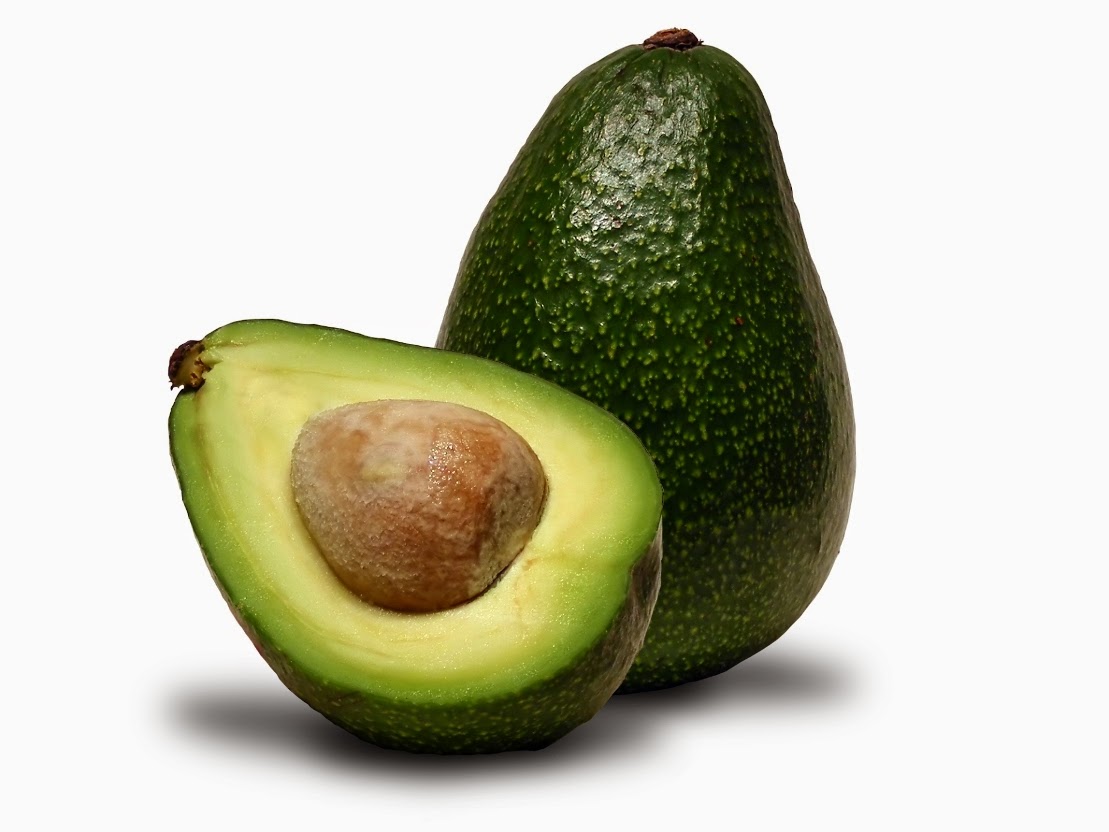There are two main types of cholesterol:
- HDL
- LDL
HDL hangs on tightly to the cholesterol it carries and transport cholesterol from arteries and tissues to the liver and the other organs such as ovary, adrenal glands and testis. The cholesterol deliver to the liver is excreted into the bile and then intestines. HDL protect against heart diseases by taking the bad cholesterol out of the blood and keeping it from building in your arteries. It keeps cholesterol in solution and moves it safely throughout the body, it will snatch up additional cholesterol that are already stuck to artery walls, reducing the size of plaque or build up. The cholesterol transported to the other organs is used for the synthesis of steroid hormones. The other function of HDL includes their role in inhibiting oxidation, inflammation, activation of endothelium and coagulation.
People who smoke generally have lower HDL cholesterol than non-smokers. Research shows that quitting smoking can increase HDL. Sources of HDL include omega-3 fatty acids, onions, flax oil, fish, food rich in fiber etc. A higher number of HDL means lower risk of heart diseases. Research shows that an extremely high level f HDL cholesterol can put a person at higher risk of death than someone with normal good cholesterol. HDL level of 60mg/dL or more is optimal.
LDL is also called as bad cholesterol.An LDL molecule consist of single apo liporotein molecule which circulate the fatty acids. LDL deposits its cholesterol on the walls of arteries and increase your chances of getting heart diseases, it is a type of cholesterol that become oxidize and damages the lining of your arteries, setting the stage for mineral and fat deposits. Too much cholesterol in your arteries may lead to buildup of plaque known as atherosclerosis. This can increase the risk of blood clot in you arteries. If a blood clot breaks away and block an artery in your heart or brain, you may have heart attack or stroke. If your LDL is 190 or more it is considered very high. The lower your LDL cholesterol number, the lower your risk of getting any heart disease. Sources of bad cholesterol include foods rich in trans fats, refined carbohyderates such as white sugar, dairy products like creame cheese etc.
There are many factors that involve in high blood cholesterol, it might be diet, stress, lack of exercise or genetics. High cholesterol can run in families. In some cases, high LDL is inherited. This condition is called familial hypercholestrolemia, it is caused by genetic mutation that effect the ability of liver to remove LDL, this may lead to high LDL and increase risk of heart attack and stroke at young age.
American heart association recommends eating the foods that helps to reduce total cholesterol and increase HDL. These include a range of fruits and vegetables, whole grains, skin less meat backed or grilled fish like salmons, tuna etc.





Comments
Post a Comment